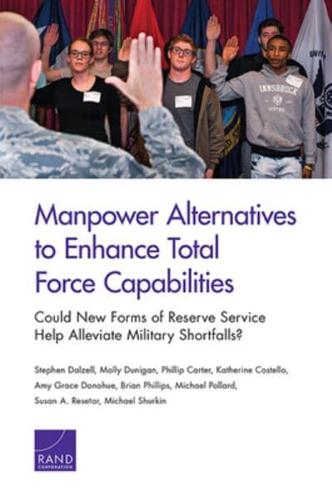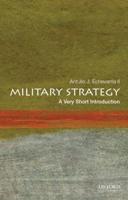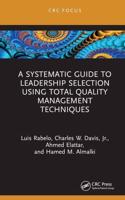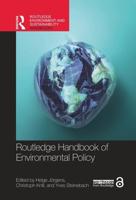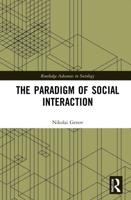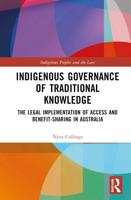Publisher's Synopsis
Changes in employment stability, family structure, and economic pressures since the development of the U.S. military reserve component (RC) in the twentieth century have created challenges and opportunities for how the RC is used. Sustaining an operational RC demands committed reservists and guardsmen, and since, at present, the population is not meeting that demand under traditional models, the U.S. Department of Defense (DoD) has begun to look for ways to access and retain ready participants under alternative programs. Modified assumptions about Reserve duty have the potential to improve RC member recruitment, performance, development, and retention in critical occupational fields-and it could stem projected manpower losses or provide alternative service options in fields with highly competitive civilian industries. The research team employs an iterative, qualitative analytical process to develop a list of possible workforce construct
